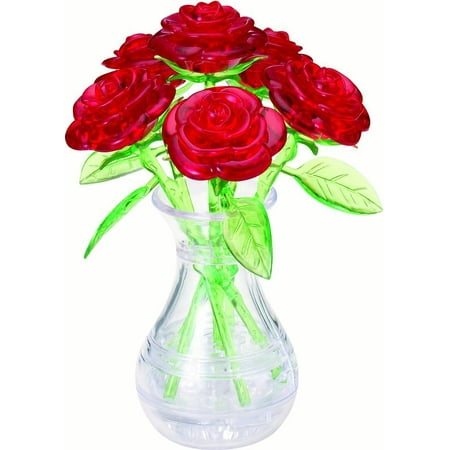Barbie Sweet Orchard Farm Truck & Doll Set With Accessories
On Barbie Sweet Orchard Farm, everyone is welcome to lend a helping hand — it makes the work easier and the stories more fun! Kids can role-play a day on the farm with Barbie doll and her Sweet Orchard Farm truck that comes with a bale of hay, a crate and a bundle of corn. The pink truck has a working tailgate to make loading and unloading easy and rolling wheels that let kids drive playtime wherever their imaginations want to go! Simply open the gate to load — there’s plenty of room for accessories — then place Barbie doll in the driver’s seat and push to get the story rolling. Kids can collect all the Barbie farm dolls and toys for even more fun on the farm! Includes Barbie doll wearing fashion and shoes, pink truck and accessories. Doll cannot stand alone. Colors and decorations may vary.
-
$14.99
$19.99Deluxe 3D Crystal Puzzle – Piggy Bank
$14.99$19.99






Barbie Sweet Orchard Farm Truck & Doll Set With Accessories:Age Range: 3 Years and UpThere’s always something to do on Sweet Orchard Farm, and kids can get things rolling with the Barbie doll and truck playset!The pink truck has rolling wheels, slatted sides and a working tailgate — open and close to load and unloadThe vehicle set comes with a bale of hay, a basket and a bundle of corn — there’s plenty of room in the truck bed to transport them anywhere imagination needs themBarbie doll wears a colorful print dress with cool black boots; her long blonde hair is styled straightMakes a great gift for kids 3 years and older; kids can collect them all for more storytelling fun!





Reviews
There are no reviews yet.